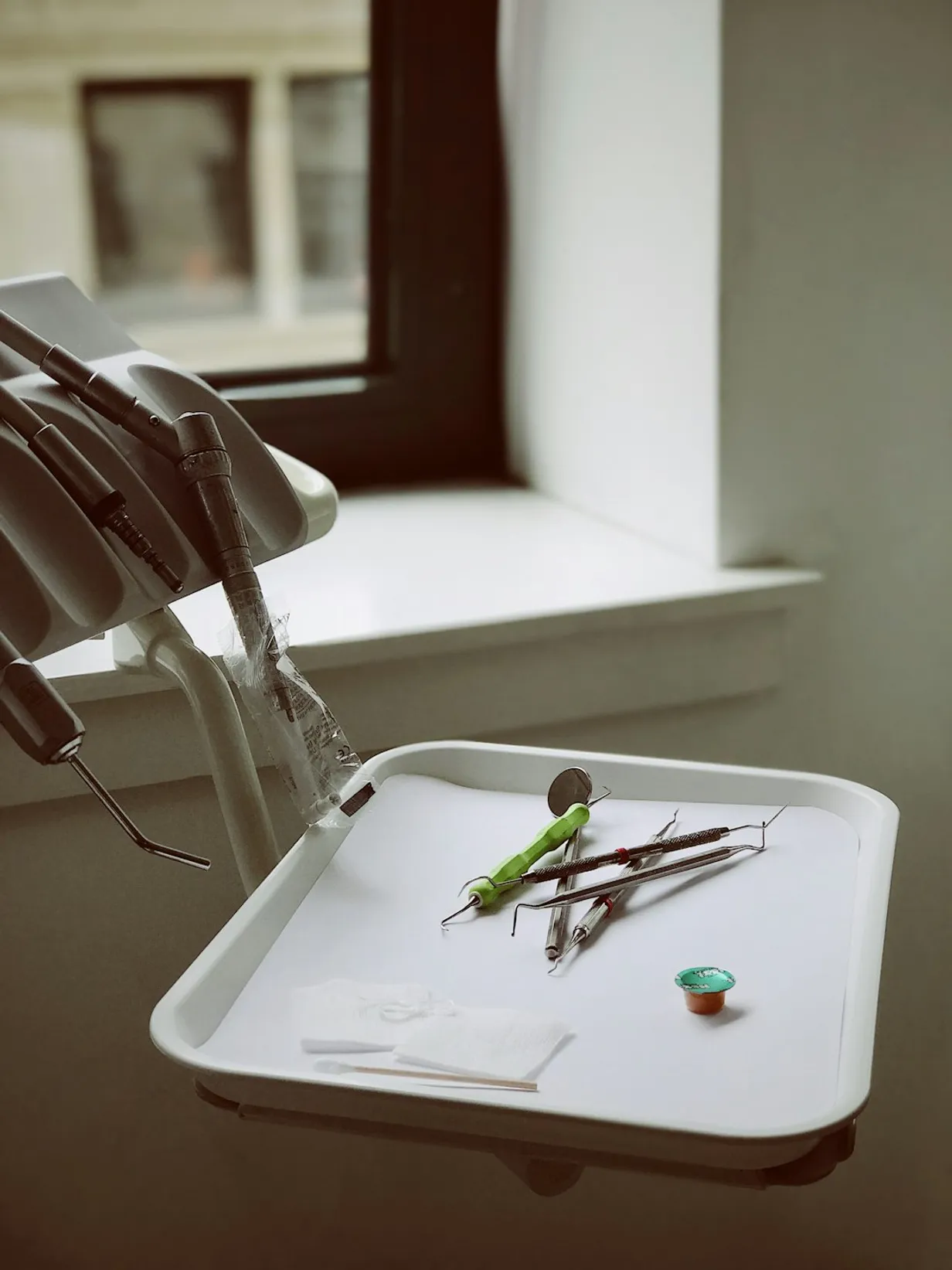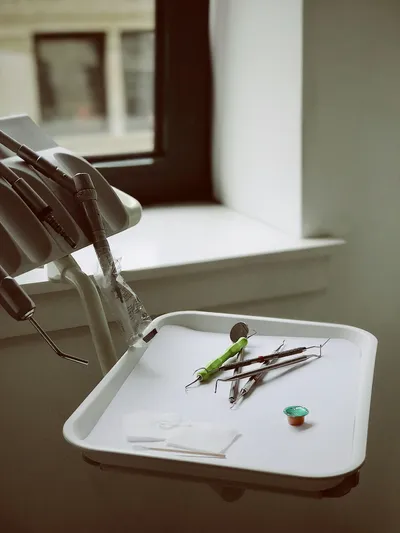
Understanding Dental Insurance Basics
Dental insurance can often be a complex topic, but it's essential for helping manage the costs associated with frequent visits and surprise procedures. At its core, dental insurance is designed to cover part of the cost of preventive care and to help offset expenses associated with more significant treatments like fillings, crowns, and surgeries.
Common Insurance Terms
When navigating dental insurance, it's crucial to understand terms such as premiums, deductibles, copayments, and coinsurance. The premium is the amount you pay each month for your insurance policy. The deductible is the amount you must pay out-of-pocket before your insurance starts to pay. Copayments and coinsurance refer to the share of the costs you pay for services after meeting your deductible.
Types of Dental Insurance Plans
There are different types of dental insurance plans, each offering various benefits. Preferred Provider Organizations (PPOs) provide flexibility in choosing dental providers. Dental Health Maintenance Organizations (DHMOs) require you to choose a primary dentist and receive care at lower costs. Others include dental indemnity plans and direct reimbursement programs, each with its unique terms and structures.
PPO vs. DHMO
The primary difference between PPO and DHMO plans lies in provider choice and cost. PPO plans offer a broader selection of dentists but at a higher premium. DHMO plans usually have lower premiums and out-of-pocket costs but limit your choice of dentists to a network.
Navigating Your Coverage
Understanding what your dental insurance covers is fundamental. Most plans cover preventive care services like cleanings and exams. However, coverage for procedures like root canals or orthodontics varies, and reviewing your policy's specifics will prevent unexpected expenses.
Maximizing Your Benefits
To maximize the benefits of your dental insurance, take advantage of preventive services, which are often covered in full. Additionally, staying within your insurance's provider network ensures more predictable costs. It's also wise to time certain treatments across plan years to utilize your annual maximum more effectively.
Tips for Managing Costs Without Insurance
If you are without dental insurance, there are still ways to manage dental costs. Consider dental savings plans or exploring community health centers and university dental programs, which often provide services at reduced rates.
Popular Dental Care Guides
Discover our most popular articles that our readers find the most helpful and insightful, covering a range of dental health topics.



Related Posts
View All
The Impact of Diet on Oral Health


